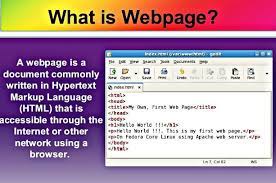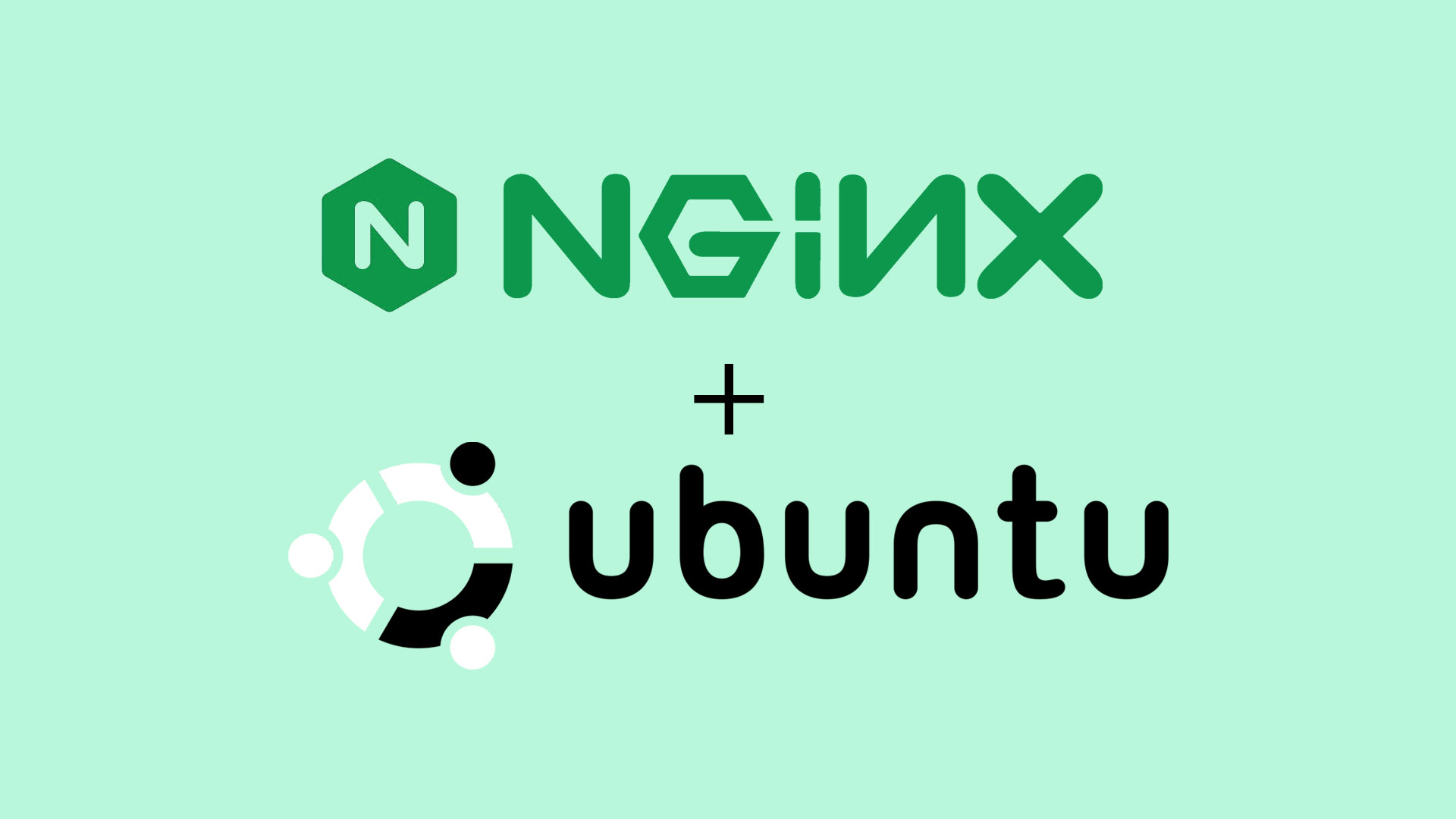
WordPress is a platform that allows you to create websites using an open-source software. The functionality of your website can be enhanced by thousands of themes and plug-ins.
A theme is a group of template files that give a consistent look and feel to your website. Themes allow you customize the look of your site and make navigation easier for visitors.
WordPress makes themes available as zip files that can be downloaded. FTP software can be used if there is no way to access the files on the theme designer's website.
You can install a theme manually if you have the link to download it. This can be done using an FTP program or WordPress' Themes directory. The latter method is a bit more complex, but it does allow you to add a new theme to your WordPress site without having to contact the developer directly.

Log in to your WordPress dashboard. Go to Appearance and then Themes. Themes that you have uploaded should be listed. You can search for more themes by clicking the "Add New' button at the top.
Search for themes using the name, or narrow down your choices with the Feature filter. If you find a suitable theme, click "Install", and then follow the instructions.
After the theme is successfully installed, you'll get a "Successfully-installed" message. The theme will then be active on your website.
Manually installing WordPress is time-consuming and can be challenging, but it's a good method to learn how the system functions. It also gives you a chance to practice your skills and learn how to troubleshoot any problems that may arise.
You'll first need to find the theme folder in your computer. Although it can be difficult, most operating systems include archive management software that makes it easy to extract all the files in a zip file.

Next, you'll need to connect to your WordPress host's server through an FTP client, such as FileZilla. This method is more complex but allows you to send large files directly from your computer to the web host servers.
You can now transfer the files of your theme from your hard disk to your website's root document (normally, /wpcontent). You can upload these files in bulk or in small batches, depending on how many files you have and what speed your connection is.
Also, you'll need to update the website database. This can be a pain, but it's important to do so for security reasons.
You can customize your theme after the database is updated. You can then preview it in the WordPress dashboard and change the settings to match your site's needs.
FAQ
Can I build my website using HTML & CSS?
Yes, you can! You'll need to be familiar with web design concepts and programming languages such HTML (Hyper Text Markup Language), CSS, and CascadingStyle Sheets. These languages allow you create websites that can be viewed by anyone with internet access.
Where can I locate freelance web developers
There are many places you can find freelance web designers or developers. These are some of the best choices:
Freelance sites
These websites offer job listings for freelancers. Some sites require specific skills, while others may not care about the type of work that you do.
Elance has many high-quality positions for writers, programmers (programmers), editors, translators and managers.
oDesk is similar, but they concentrate on software development. They offer jobs in PHP, Perl, Java, C++, Python, JavaScript, Ruby, iOS, Android, and.NET developers.
Another great option is oWOW. Their site focuses primarily on web designers and graphic design. They offer writing, video editing and programming as well as SEO, social media marketing, website design, and many other services.
Forums online
Many forums allow members of the community to post jobs or advertise their services. DeviantArt is a forum for web developers. A list of threads will appear if you type "web developer” in the search box.
What is a static website?
You can host a static website anywhere you like Amazon S3, Google Cloud Storage and Windows Azure Blob storage. Rackspace Cloud Files, Rackspace Cloud Files. Dreamhost, Media Temple. A static site can be deployed to any platform that supports PHP. This includes WordPress, Drupal Joomla! Magento PrestaShop, Magento and Joomla!
Static web pages are generally easier to maintain since they don't constantly send requests back-and-forth between servers. Because they don't send any requests back-and-forth between servers, static web pages load much faster. For these reasons, static web pages are often better for smaller companies that don't have the time or resources to manage a website properly.
What Should I Include in My Portfolio?
These are the things you should include in your portfolio:
-
You can also see examples of your previous work.
-
Link to your website (if possible).
-
Link to your blog.
-
Links to social media profiles
-
Other designers' online portfolios can be found here.
-
Any awards you received.
-
References.
-
You can also send us samples of your work.
-
These links will help you communicate with clients.
-
These are links that show you're open to learning new technologies.
-
You are flexible, these links will show it.
-
Links showing your personality.
-
Videos showing your skills.
Statistics
- Did you know videos can boost organic search traffic to your website by 157%? (wix.com)
- Is your web design optimized for mobile? Over 50% of internet users browse websites using a mobile device. (wix.com)
- It's estimated that chatbots could reduce this by 30%. Gone are the days when chatbots were mere gimmicks – now, they're becoming ever more essential to customer-facing services. (websitebuilderexpert.com)
- In fact, according to Color Matters, a signature color can boost brand recognition by 80%. There's a lot of psychology behind people's perception of color, so it's important to understand how it's used with your industry. (websitebuilderexpert.com)
- It's estimated that in 2022, over 2.14 billion people will purchase goods and services online. (wix.com)
External Links
How To
What is Website Hosting?
Website hosting refers to where people go when they visit a website. There are 2 types.
-
Shared hosting - This is the cheapest option. Your website files are stored on a server that is owned by another person. Customers visiting your website send their queries over the Internet, to that server. You then receive the request from the owner of the server.
-
Dedicated hosting - This is the most expensive option. Your website resides entirely on one server. There are no other websites sharing space on the server. Your traffic remains private.
Because shared hosting is more affordable than dedicated hosting, most businesses opt for it. The company hosting the server will provide the resources necessary to manage your website.
Both options have their pros and cons. Here are some key differences between them.
Shared Hosting Pros
-
Lower Cost
-
Simple to Setup
-
Regular Updates
-
It is available on many Web Hosting Companies
Hosting shared with others can cost as low as $10/month. But keep in mind that this price usually includes bandwidth. Bandwidth is how much data you can transfer to the Internet. So even if you only upload photos to your blog, you may still pay extra money for high amounts of data transferred through your account.
You'll soon realize why your old host cost so much once you get started. Most shared hosts provide very limited customer support. Although their techs may help you with setting up your site, it's not a common practice.
You'll want to look into a provider that offers 24-hour phone support. They will attend to any issues you have while you sleep.
Cons of dedicated hosting
-
More Expensive
-
Fewer Common
-
You will need to have special skills
With dedicated hosting, all you need to maintain your website are provided. You won't have worry about whether your website is using enough bandwidth, or whether it has enough RAM (random-access memory).
This means that upfront, you'll need to spend a bit more. However, once your business goes online, you'll discover that you don’t need as much technical support. You'll quickly become an expert at managing your server.
So Which Is Better For My Business?
This depends on the kind of website that you want. If you only want to sell products, then shared hosting might be the best choice. It is simple to set up and easy to maintain. A server shared with several other sites means that you will receive frequent updates.
If you want to create a community around a brand, dedicated hosting may be the best choice. You can focus on building your brand without worrying about handling your traffic.
Bluehost.com offers both. Bluehost.com offers unlimited monthly data transfers, 24/7 customer support, domain registrations free of charge, and a 30-day guarantee for your money back.